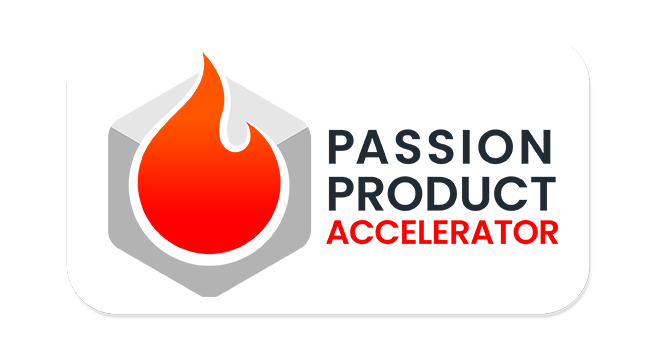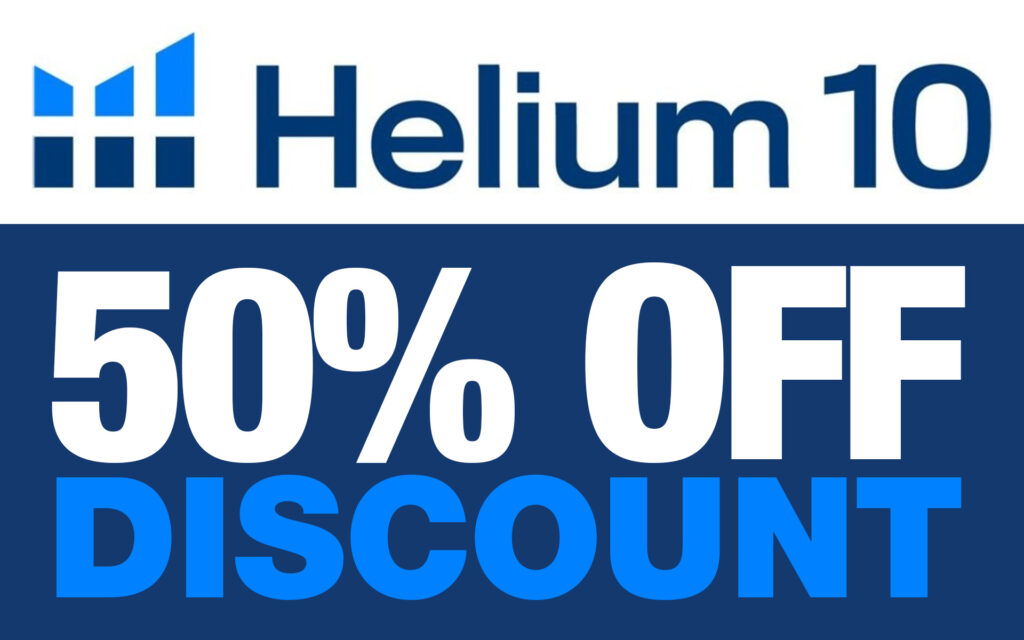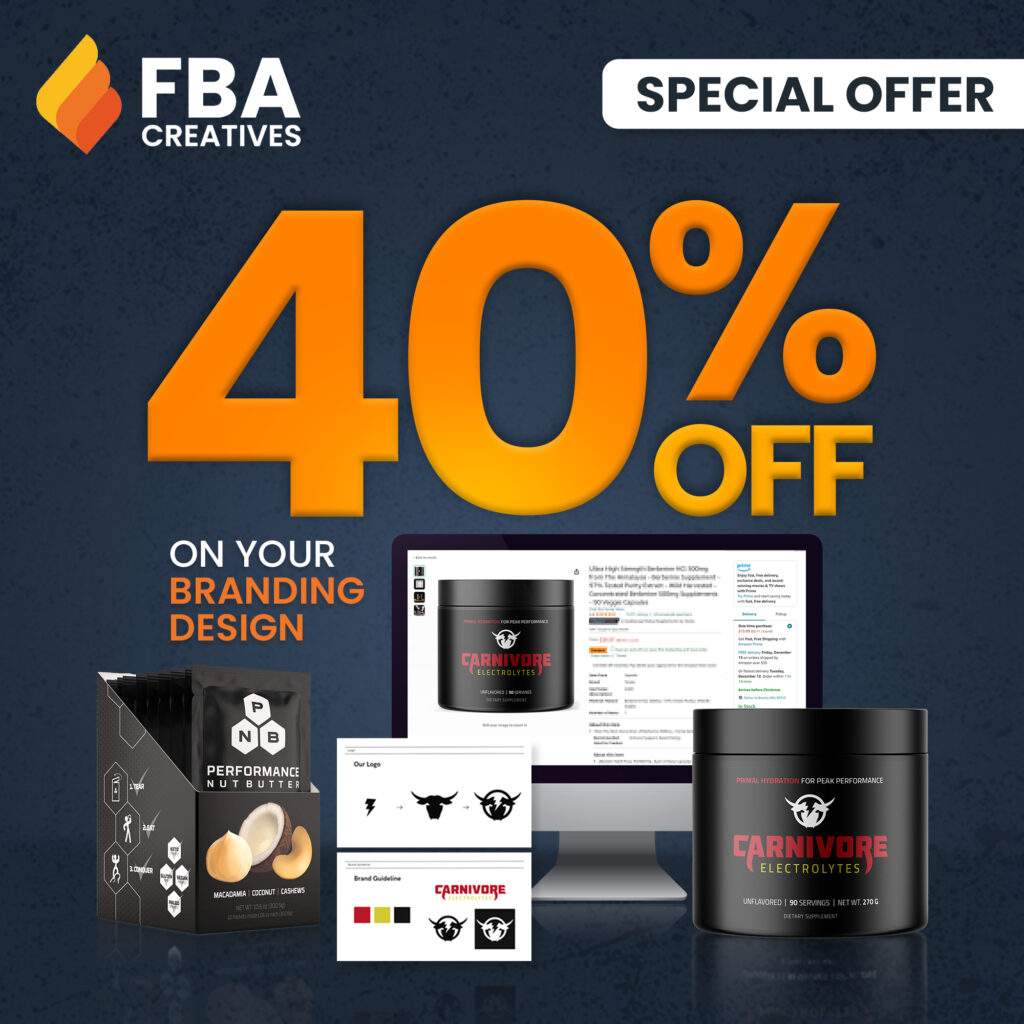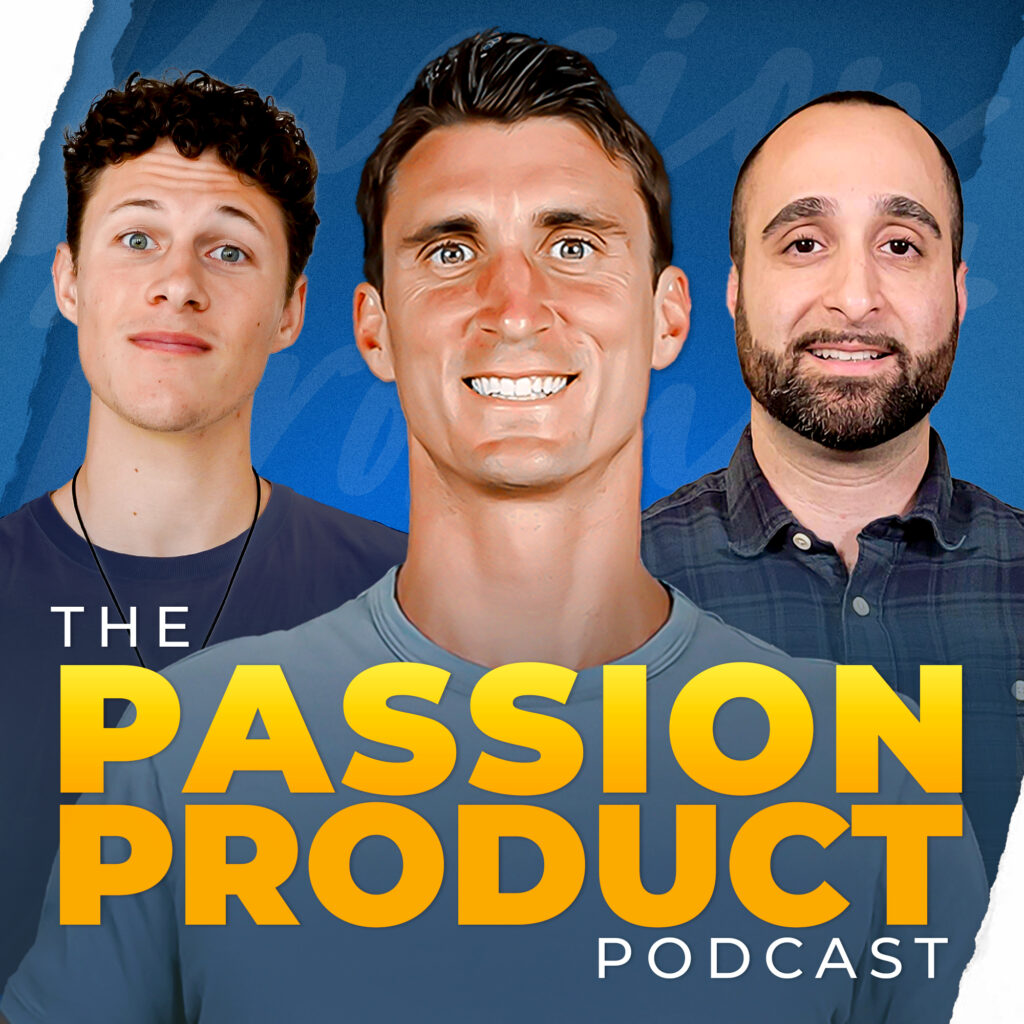Picture this: you’ve finally discovered your winning product idea, that perfect item that makes your heart race with excitement. You can already envision the sales rolling in, the five-star reviews piling up, and your Amazon business taking off. Then reality hits, where on earth do you actually manufacture this thing? This roadblock stops countless aspiring sellers dead in their tracks, transforming their entrepreneurial dreams into frustrating question marks. Fortunately, finding the right manufacturer doesn’t have to feel like searching for a needle in a haystack. Whether you’re launching a passion product through the proven Passion Product Formula or simply exploring your first Amazon venture, understanding the manufacturing landscape empowers you to turn ideas into reality. Moreover, the tools and platforms available today make this process infinitely more accessible than ever before.
Throughout this comprehensive guide, you’ll discover exactly how to source manufacturers both overseas and domestically. You’ll learn to navigate the biggest B2B marketplaces with confidence. You’ll overcome 2025’s unique challenges including tariffs and supply chain shifts. Furthermore, you’ll learn insider strategies for vetting suppliers and crafting compelling inquiries. You’ll discover how to place your first order without the typical beginner mistakes that drain budgets and delay launches. The manufacturing world might seem intimidating at first glance. However, thousands of successful Amazon sellers have walked this path before you. Consequently, you’re about to learn from real examples, including a live case study of sourcing manufacturers for an actual product launch. Let’s dive in and demystify this crucial step in your Amazon FBA journey.

- Understanding Your Manufacturing Options: Overseas vs. Domestic
- Mastering Alibaba for Overseas Manufacturing
- Finding US Manufacturers with ThomasNet
- The Game-Changer: Eprolo Platform
- Crafting the Perfect Manufacturer Inquiry
- Navigating 2025's Challenges
- Your Action Plan: From Research to First Order
- Taking the First Step Toward Your Amazon Success
- Frequently Asked Questions
Understanding Your Manufacturing Options: Overseas vs. Domestic
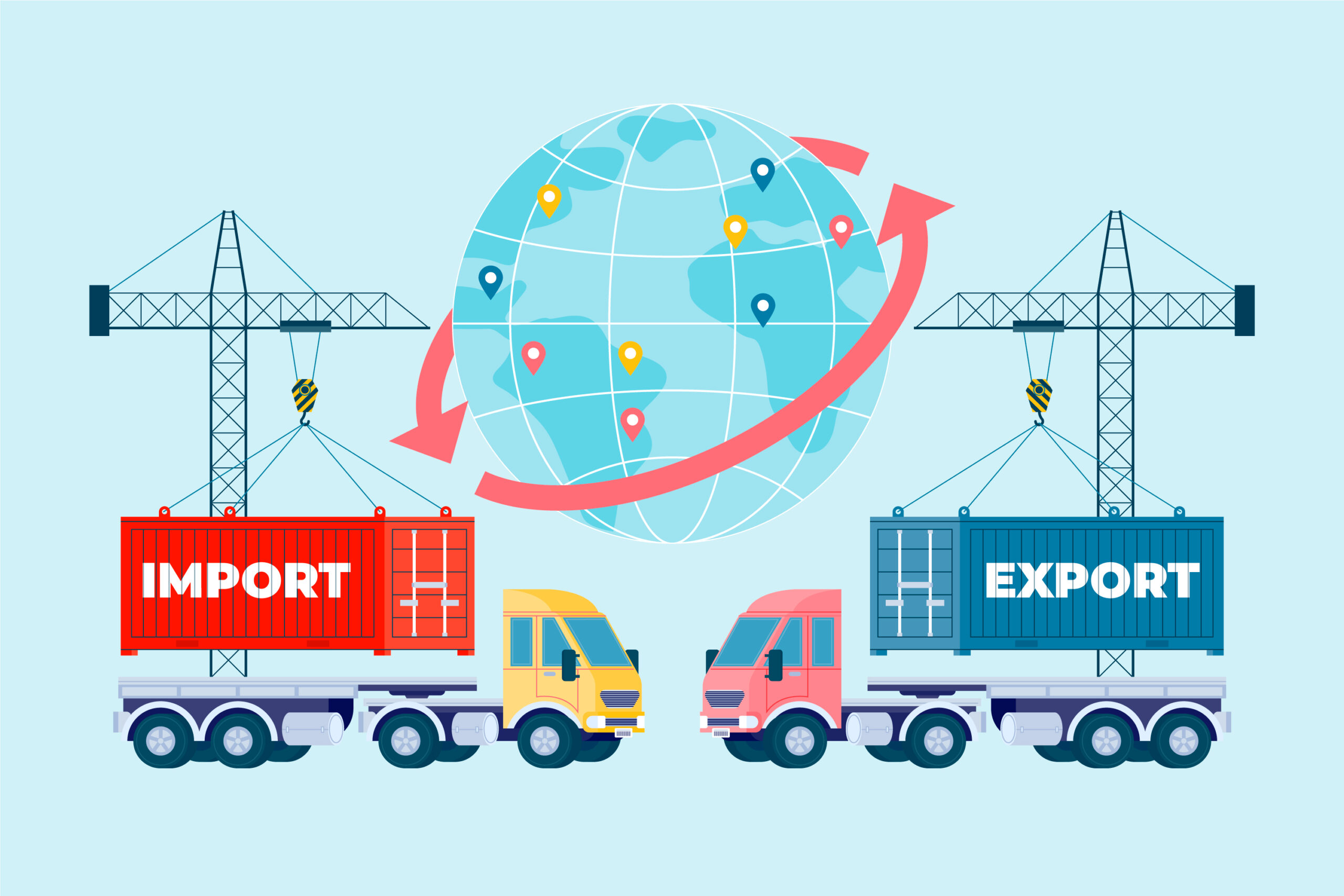
The Great Manufacturing Decision
Every successful Amazon seller faces a fundamental fork in the road: should you manufacture overseas or keep production domestic? This decision carries far more weight in 2025 than it did just a few years ago. Evolving tariff structures and shifting consumer preferences make this choice increasingly complex. The Passion Product Formula emphasizes choosing products that align with both your interests and practical business realities. Your manufacturing location must support your overall strategy rather than complicate it.
Several critical factors influence this decision, starting with your product’s nature and complexity. Additionally, you’ll need to consider cost structures, shipping timelines, and quality control capabilities. Your target customer’s values also play a crucial role. Some products simply make more sense to produce overseas where specialized manufacturing infrastructure exists. Others benefit tremendously from the “Made in USA” label and faster turnaround times.
When to Choose Overseas Manufacturing
Overseas manufacturing, particularly through Chinese suppliers, continues to dominate the Amazon FBA landscape for compelling reasons. Products requiring high manufacturing complexity often find their perfect match in Asian production facilities. Items with intricate customization or specialized equipment typically cost significantly less overseas. For instance, custom party cups, electronics accessories, and innovative gadgets sometimes cost a fraction of domestic prices.
The infrastructure supporting overseas manufacturing has matured dramatically over the past decade. Moreover, platforms like Alibaba connect you with thousands of verified suppliers. These suppliers can customize virtually any product to your specifications. These manufacturers possess decades of experience producing for global brands. They understand quality standards, packaging requirements, and shipping logistics intimately. Nevertheless, you must factor in longer lead times and shipping costs. Communication barriers also affect your true cost per unit.
Consider the party cup example from the video transcript: manufacturers offer pricing between two to ten cents per unit. This allows you to sell them in packs of twelve or twenty-four with substantial profit margins. Similarly, products where bulk pricing creates competitive advantages typically thrive when produced overseas. Items requiring specialized printing, molding, or assembly also benefit from international sourcing. Consequently, if your passion product falls into these categories, international sourcing deserves serious consideration.
When to Choose US Manufacturing
Domestic manufacturing shines brightest for specific product categories. Consumables, supplements, food items, and products where origin matters to customers benefit most. The Clove Tea example perfectly illustrates this principle. When you’re creating something people will consume, the “Made in USA” designation frequently outweighs cost savings. Furthermore, domestic manufacturing dramatically reduces lead times. It simplifies quality control and eliminates many tariff complications.
American consumers increasingly value domestic production. This is especially true for items touching their bodies or entering their homes. Therefore, products in the health, wellness, beauty, and food categories often command premium prices when manufactured stateside. Additionally, you’ll benefit from easier communication with suppliers. You’ll enjoy simpler legal frameworks and the ability to visit manufacturing facilities personally. The shorter supply chain means you can respond more quickly to market trends. You’ll restock faster and maintain tighter inventory control.
Beyond consumer perception, regulatory compliance becomes infinitely simpler with domestic production. Food and supplement manufacturers in the United States already understand FDA requirements. They know labeling laws and safety standards inside and out. Meanwhile, you avoid the complexity of customs declarations and import duties. The dreaded tariff calculations that can torpedo profit margins overnight become irrelevant. While per-unit costs might run higher than overseas alternatives, the total cost of doing business often balances out. You must factor in all variables to make the right decision.
Mastering Alibaba for Overseas Manufacturing
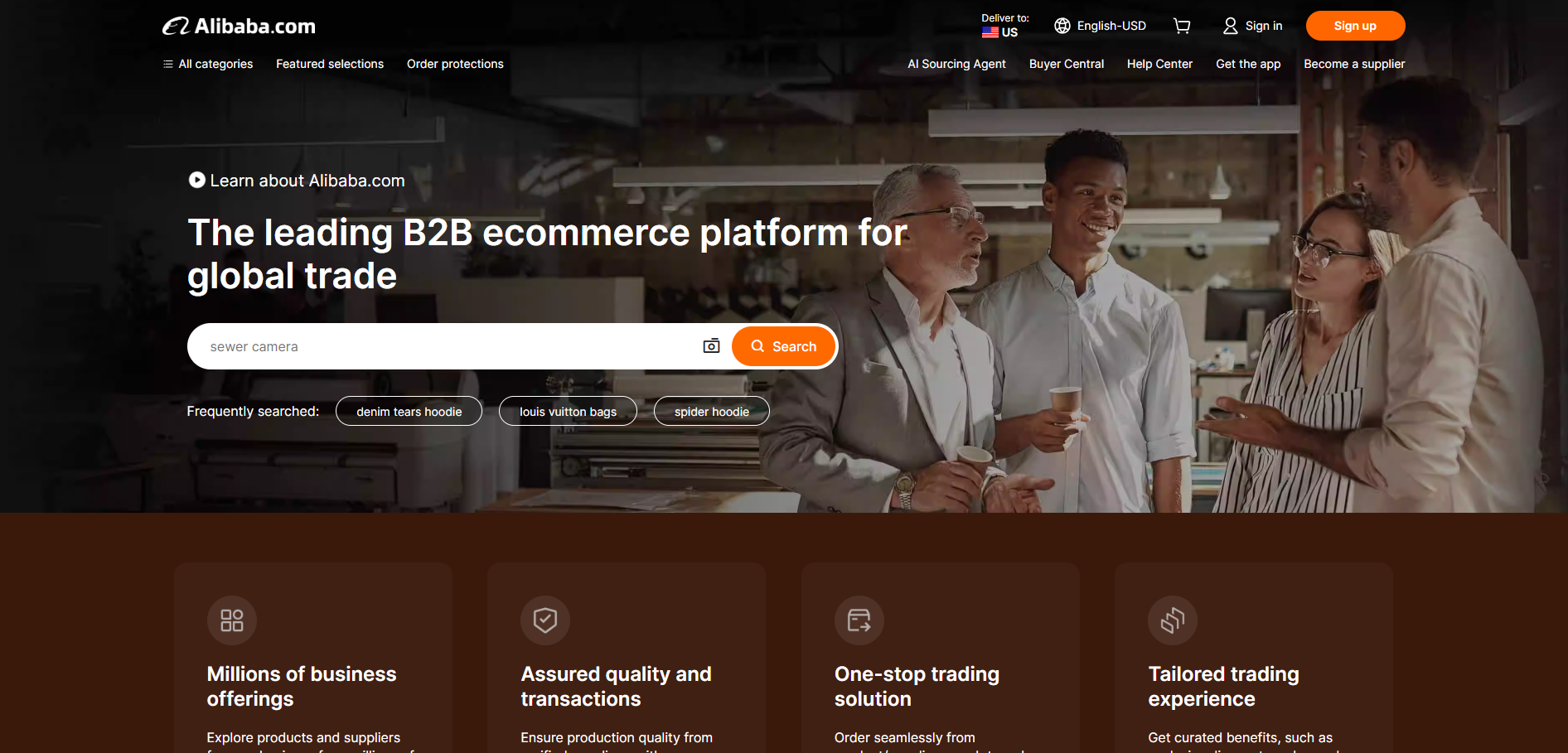
Getting Started with Alibaba
Alibaba.com stands as the undisputed giant of international B2B marketplaces. It connects millions of buyers with manufacturers across Asia and beyond. This platform opens doors to production capabilities you simply cannot access elsewhere. Factories producing millions of units annually and small workshops specializing in unique customization all exist here. Indeed, navigating Alibaba effectively transforms from intimidating to empowering. You simply need to understand its structure and leverage its powerful filtering tools.
The platform primarily features Chinese manufacturers. However, you’ll also discover suppliers throughout India, Thailand, the Philippines, and Taiwan. This geographic diversity proves increasingly valuable in 2025’s tariff environment. It allows you to explore alternative sourcing locations if Chinese production becomes prohibitively expensive. Moreover, Alibaba’s interface makes comparing suppliers remarkably straightforward. Reviewing certifications and initiating conversations becomes simple once you learn the essential navigation tricks.
The Smart Search Strategy
Start your Alibaba journey with broad, simple search terms rather than overly specific phrases. For example, searching “party cups” yields thousands of results. This initial breadth actually serves your interests well. You’ll quickly spot trending designs and identify pricing ranges. You’ll discover product variations you hadn’t considered. Subsequently, you can narrow your search using Alibaba’s robust filtering system. This helps you zero in on suppliers matching your specific requirements.
Here’s where many beginners stumble: they focus exclusively on products rather than switching to the supplier view. Click the “Suppliers” tab after your initial search. Suddenly you’re evaluating manufacturers rather than individual product listings. This perspective shift proves crucial. You’re not just buying existing products, you’re partnering with a manufacturer to create your unique vision. Consequently, you need to assess the supplier’s overall capabilities and reliability. Focus on their willingness to customize rather than fixating on one product photo.
Essential Supplier Verification Steps
This is never cannot be emphasized enough, never work with an Alibaba supplier who doesn’t offer Trade Assurance. This protection program ensures your money is safe. If you send money overseas and the manufacturer fails to deliver as promised, Alibaba steps in. They mediate and potentially refund your payment. Trade Assurance essentially functions as your safety net. It prevents nightmare scenarios where thousands of dollars vanish with nothing to show.
Beyond Trade Assurance, prioritize suppliers with “Verified Supplier” or “Verified Pro Supplier” badges. These designations mean Alibaba sent third-party inspectors to physically visit the manufacturing facility. They verify legitimacy and operational capacity. Additionally, examine each supplier’s profile carefully. Look for businesses operating for at least five years. Facilities should span substantial square meters. Annual revenues should indicate stable operations. While a single review might raise eyebrows, consider it alongside other verification factors. Don’t dismiss an otherwise strong supplier immediately.
The Inquiry Process
Crafting your initial inquiry separates successful sourcing from wasted time. Start with a clear, professional message. Outline your project scope, estimated order quantities, and timeline expectations. For instance, you might write: “Hi, I’m interested in ordering custom party cups with my brand design. I’m looking to place an initial order of 10,000 units. Can you provide pricing, minimum order quantities, and lead time estimates?”
Essential questions revolve around three critical areas. First, ask about minimum order quantities that fit your budget and storage capacity. Second, inquire about lead times from order placement to shipping readiness. Third, request sample availability so you can assess quality firsthand. Furthermore, ask about customization capabilities. Can they handle your specific design requirements? What about color matching or packaging needs? Using ChatGPT to polish your messages ensures professional communication while saving time. This ultimately improves your response rates dramatically.
Finding US Manufacturers with ThomasNet
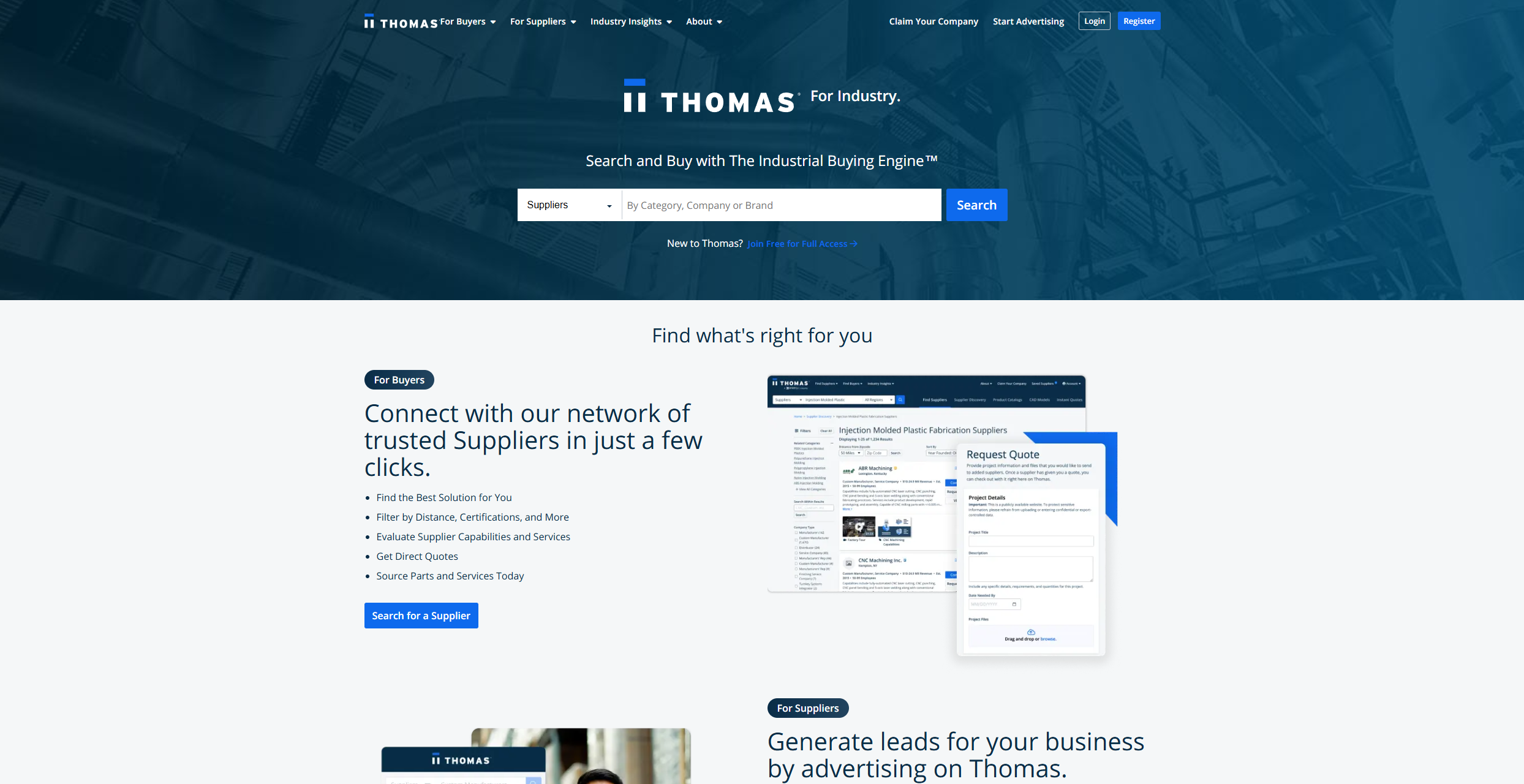
Why ThomasNet Changes the Game
While Alibaba dominates international sourcing conversations, ThomasNet.com quietly serves as North America’s premier industrial directory. It connects buyers with over 500,000 manufacturers and distributors. This platform specializes in helping you find domestic production partners. It’s particularly valuable for consumables, supplements, and products where American manufacturing provides strategic advantages. Moreover, ThomasNet suppliers often bring decades of industry expertise. They offer established quality systems that newer overseas factories cannot match.
The Passion Product Formula emphasizes identifying market gaps. You look for places where existing demand meets limited supply. ThomasNet excels at helping you find established manufacturers who can pivot to your unique product variation. Consider the Clove Tea example: numerous tea manufacturers operate in the United States. However, none currently offer pure clove tea in convenient tea bag format. Consequently, your task involves finding existing tea suppliers. You need those who can adapt their processes to accommodate your innovative product. You’re not building manufacturing capabilities from scratch.
The Passion Product Formula Application
Successful product launches rarely require reinventing the wheel. They simply require spotting opportunities others overlook. When you search ThomasNet for “tea manufacturers,” over 215 suppliers appear. Each represents a potential partner for your Clove Tea venture. These companies already possess tea processing equipment. They understand FDA requirements for consumables. They maintain relationships with packaging suppliers. Therefore, your conversation focuses on customization rather than capability building.
This approach dramatically reduces your risk and accelerates your timeline. You’re not convincing a manufacturer to enter an entirely new product category. You’re simply asking them to apply their existing expertise to a novel ingredient. Furthermore, established manufacturers often welcome interesting projects. These projects diversify their product lines and introduce them to new market segments. Building relationships with domestic partners also opens doors for future product expansion. You create a foundation for long-term business growth beyond your initial launch.
Navigating ThomasNet Effectively
ThomasNet’s search functionality operates differently than Alibaba’s consumer-focused interface. Start with broad category searches. Then examine supplier profiles for specific certifications and production capabilities. Review client testimonials carefully. Additionally, pay attention to suppliers’ industry specializations. A manufacturer focusing exclusively on herbal supplements might better understand your Clove Tea project. They’d be more suitable than a general beverage producer.
Understanding production minimums for US manufacturers differs significantly from overseas expectations. Chinese suppliers might require 15,000 units minimum. Domestic manufacturers often work with smaller initial orders. They recognize that American entrepreneurs typically test markets before scaling. Similarly, assess quality certifications carefully. Look for FDA registration and Good Manufacturing Practices (GMP) certifications. Organic certifications matter if relevant to your product positioning.
The Outreach Template
Adapting your communication style for US suppliers improves response rates substantially. American manufacturers typically appreciate direct, concise inquiries. Show respect for their time while demonstrating your seriousness. Your message might read: “Hello, I’m developing a new clove tea product for Amazon FBA. I noticed your company’s expertise in specialty teas. I’m planning an initial order of approximately 10,000 pouches. Could you provide information about your customization capabilities, lead times, and pricing structure?”
Subject lines matter more than many sellers realize. Generic phrases like “Inquiry” or “Question” don’t inspire engagement. Try specific headlines such as “New Clove Tea Product – Initial Order 10K Units.” These immediately communicate your project’s scope. Follow-up strategies prove equally important. If you don’t receive responses within one week, send a polite second message. Consequently, persistence combined with professionalism maximizes your chances. You’ll connect with ideal manufacturing partners who can bring your vision to life.
The Game-Changer: Eprolo Platform
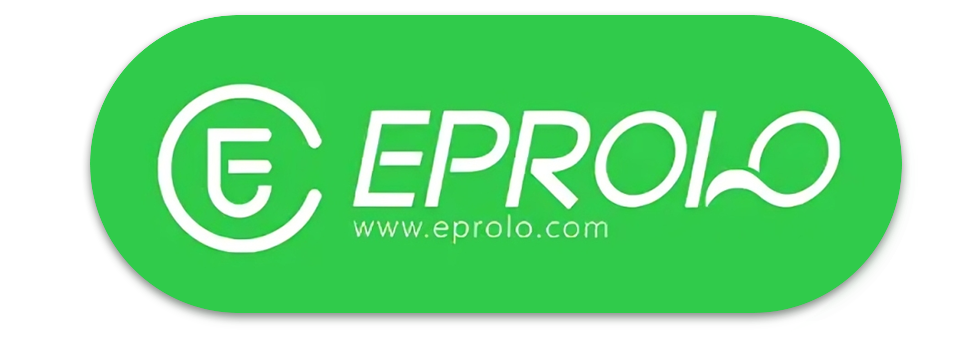
Why Manual Sourcing Isn’t Always Necessary
The traditional manufacturer-hunting process consumes countless hours. You could instead invest that time in market research, listing optimization, or business strategy. Fortunately, platforms like Eprolo have emerged to automate much of this tedious legwork. They connect sellers with pre-vetted manufacturers while handling logistics and customization support. Moreover, Eprolo operates on a completely free model. This makes professional sourcing accessible even to sellers launching their first products on shoestring budgets.
This automation proves particularly valuable when you’re juggling multiple aspects of launching an Amazon business. You won’t need to maintain spreadsheets tracking dozens of supplier conversations. You won’t compare quotes manually or negotiate terms individually. Eprolo streamlines everything into a single platform. Nevertheless, understanding the DIY process remains valuable. It gives you perspective on what good sourcing looks like. It empowers you to evaluate whether platform-found suppliers truly meet your standards.
Eprolo’s Key Features
Eprolo‘s manufacturer-matching system analyzes your product requirements. It automatically connects you with suitable suppliers from their vetted network. This eliminates the guesswork involved in determining which manufacturers can handle your specific needs. Out of thousands of potential options, you get matched with the right ones. Additionally, the platform provides stock management assistance. This helps you balance inventory levels with cash flow constraints. Many otherwise promising Amazon businesses sink because of this challenge.
Beyond simple manufacturer introductions, Eprolo supports critical branding and customization elements. These elements differentiate successful products from generic also-rans. Remember, Amazon customers cannot physically hold your product before purchasing. Packaging design and branding become absolutely crucial for capturing attention. Furthermore, Eprolo offers fashion dropshipping capabilities for those exploring clothing lines. You get access to US stock and 3PL warehouses. These enable faster, more reliable shipping. In addition, eliminating the negotiation headache allows you to focus on aspects where you truly add unique value. You won’t get bogged down in manufacturing minutiae.
When to Use a Platform vs. DIY
The platform versus DIY decision ultimately balances time against control. Manual sourcing gives you complete visibility into every supplier option. It allows for unlimited customization negotiations. It builds your understanding of manufacturing realities. However, this approach demands significant time investment. It requires comfort with direct B2B negotiations that intimidate many new sellers.
Conversely, platforms like Eprolo accelerate your launch timeline dramatically. They reduce the risk of costly beginner mistakes. The Passion Product Formula emphasizes efficiency and speed to market. This suggests that automated sourcing often makes sense for your first few products. As you gain experience and scale your business, you might transition toward hybrid approaches. You could use platforms for some products while directly managing key supplier relationships for your bestsellers. Therefore, neither approach is universally superior. Your choice should reflect your current priorities, experience level, and available time.
Crafting the Perfect Manufacturer Inquiry

The Real-World Clove Tea Example
Let’s walk through the actual process of creating a compelling manufacturer inquiry. We’ll use the Clove Tea example for this demonstration. Starting with ThomasNet’s tea supplier listings, you identify Superior Supplement Manufacturer as a potential partner. Your initial draft might read: “Hi, would like to do an order around 10,000 pouches.” This message is functional but bare-bones. It fails to inspire confidence or provide suppliers with the information they need to respond helpfully.
Enter ChatGPT as your communication enhancement tool. Feed your rough draft into the AI with instructions to make it more professional and complete. Suddenly you’re working with polished text that positions you as a serious business partner. The improved version might include proper greetings and specific project details. It provides clear quantity expectations and professional closing statements. Furthermore, ChatGPT can generate compelling subject lines that increase your email open rates. It transforms “Request” into “Partnership Opportunity: Clove Tea Product Launch – 10K Unit Initial Order.”
The Follow-Up Strategy
Many supplier relationships begin with initial pushback or limitations. A manufacturer might respond saying they cannot accommodate your exact specifications. Don’t view this as rejection. Instead, treat it as the opening move in a creative problem-solving conversation. For example, if a tea manufacturer cannot source cloves independently, you might respond differently. Try: “Thank you for the quick reply. Would you be able to work with cloves if I supplied them directly? I’d be happy to coordinate that aspect if it makes the project feasible.”
This flexibility demonstrates your commitment while solving the manufacturer’s concern. You transform a potential dead-end into a collaborative partnership. Therefore, prepare multiple contingency options before beginning your outreach campaign. Consider which aspects of your product you can compromise on without sacrificing core value. Identify which elements remain non-negotiable. Turning obstacles into opportunities separates successful entrepreneurs from those who give up at the first hurdle. This ultimately determines whether your passion product ever reaches customers.
Volume Outreach Approach
Never limit yourself to contacting just one or two manufacturers. Professional sourcing involves reaching out to ten, fifteen, or even twenty potential suppliers simultaneously. This volume approach serves multiple purposes. It increases your odds of finding responsive partners and provides comparison shopping leverage for better pricing. It educates you about industry norms through diverse perspectives.
Create a simple Excel spreadsheet tracking each manufacturer you contact. Include columns for company name, contact date, and response status. Add quoted pricing, minimum order quantities, and lead times. As responses trickle in, you’ll quickly identify outliers. Suppliers quoting prices dramatically higher or lower than average might warrant additional investigation. As a result, you’ll negotiate from a position of strength rather than desperation. You’ll be armed with comprehensive market intelligence that ensures fair deals benefiting both parties.
Navigating 2025’s Challenges
Understanding the Tariff Landscape
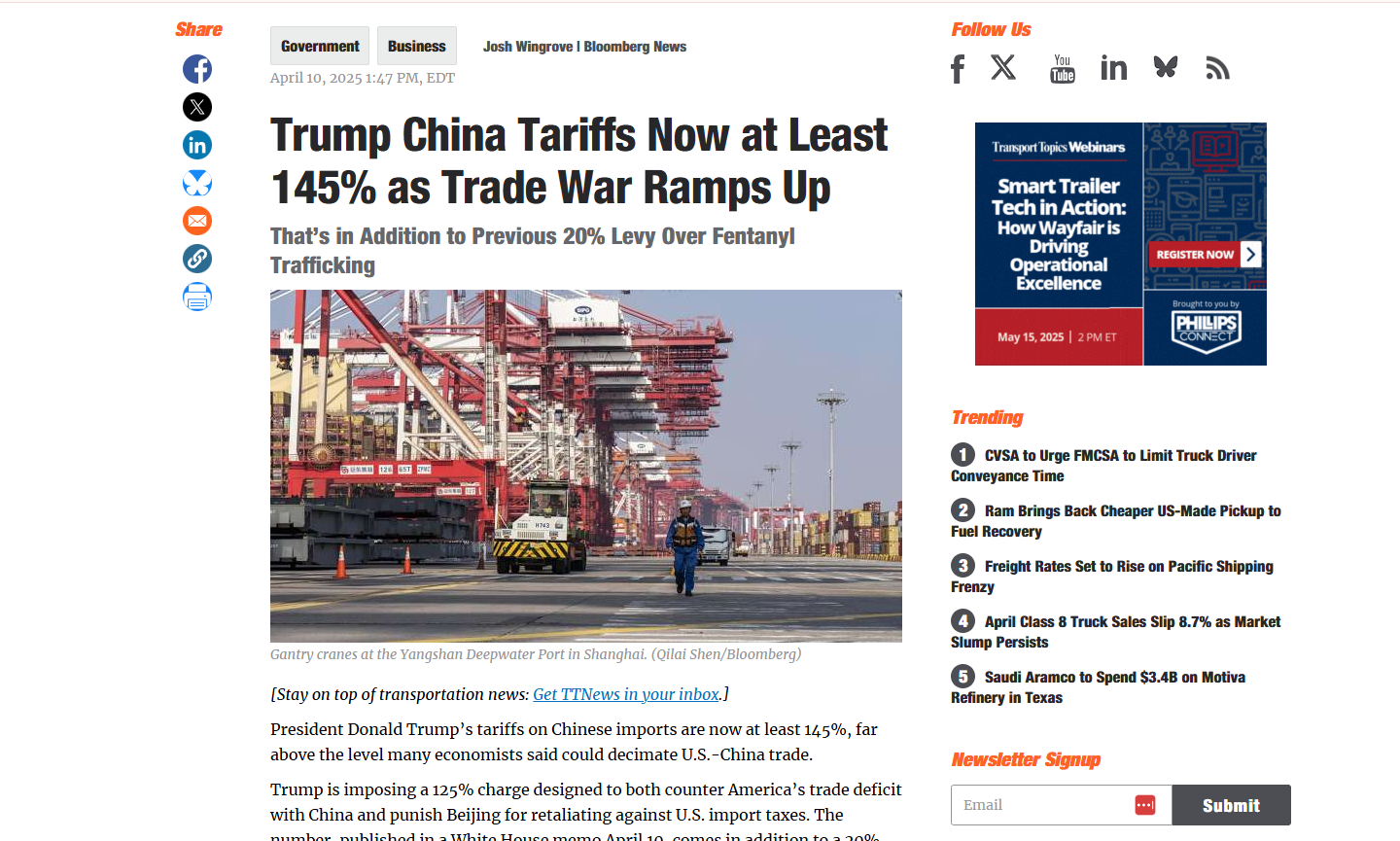
The 145% Trump tariffs on Chinese goods fundamentally altered Amazon FBA economics. Previously, overseas sourcing seemed like an obvious choice. Now, products imported from China carry substantial additional costs. These must factor into your pricing calculations. They can potentially erode profit margins or force retail prices higher than customers will bear. Nevertheless, these challenges create opportunities for savvy sellers. Those who adapt their strategies rather than abandoning international sourcing entirely will succeed.
Understanding which products face the heaviest tariff burdens helps you make informed sourcing decisions. Generally, finished consumer goods bear more significant tariffs than raw materials or components. Consequently, some sellers have found creative workarounds. They import unfinished products and complete final assembly domestically. Others shift sourcing to tariff-exempt countries like Thailand, India, or Vietnam. Moreover, the tariff landscape continues evolving. Flexibility and adaptability become crucial traits for sustainable Amazon businesses.
Smart Sourcing Strategies for 2025
Diversification emerges as the smartest strategy for managing tariff risks and supply chain uncertainties. Don’t commit exclusively to Chinese manufacturing. Don’t bet entirely on domestic production either. Successful sellers maintain multiple sourcing options for critical products. This approach provides insurance against sudden policy changes. It protects against factory issues or geopolitical disruptions that could otherwise halt your business overnight.
The “Made in USA” advantage extends beyond tariff avoidance into powerful marketing territory. American consumers increasingly prefer domestically produced goods. This is particularly true in categories like food, supplements, baby products, and pet supplies. Therefore, positioning your product as American-made can justify premium pricing. This offsets higher manufacturing costs. Balancing cost structures with market demands requires honest assessment. You must understand your target customer’s values and willingness to pay. Sometimes the cheapest production option actually reduces your profitability. It can undermine your brand positioning.
How the Passion Product Formula Adapts
The Passion Product Formula has always emphasized choosing products where genuine market demand exists. You don’t chase manufactured trends or fleeting fads. This philosophy proves especially valuable in 2025’s challenging environment. Products people truly want will sell regardless of tariff complications or slightly higher prices. Market demand ultimately outweighs manufacturing challenges when you’ve identified the right opportunity.
Building tariff costs into your pricing strategy from day one prevents painful surprises later. Run your numbers assuming worst-case scenarios rather than optimistic projections. Ensure your business model remains viable even if costs increase or complications arise. Nevertheless, maintaining profitability in 2025 requires creativity and persistence. You need willingness to explore unconventional solutions. Don’t simply follow the same paths that worked in previous years.
Your Action Plan: From Research to First Order

Week 1: Research and Outreach
Dedicate your first week to systematic platform exploration and supplier outreach. Register accounts on Alibaba, ThomasNet, and Eprolo. Spend time familiarizing yourself with each platform’s interface and search capabilities. Create your manufacturer tracking spreadsheet with all relevant columns. Prepare your organizational system before responses start arriving. Meanwhile, develop your product specifications document. Outline dimensions, materials, colors, and packaging requirements. Include any customization details manufacturers will need to provide accurate quotes.
Send fifteen to twenty inquiries during this initial week. Spread your outreach across multiple platforms and supplier types. Don’t overthink each message. Use your ChatGPT-refined template with minor customizations for each recipient. Prioritize volume over perfection. Simultaneously, begin researching shipping logistics and Amazon requirements. Look into packaging regulations relevant to your product category. Build knowledge that will inform upcoming supplier conversations.
Week 2-3: Evaluation and Sampling
Responses will begin trickling in during your second week. This requires systematic evaluation and comparison. As manufacturer quotes arrive, update your tracking spreadsheet immediately. Note pricing per unit, minimum order quantities, and lead times. Record any special requirements or red flags. Additionally, assess each supplier’s responsiveness and communication quality. Manufacturers who take days to respond or provide vague answers during the inquiry phase rarely improve. They won’t suddenly become better once you’re a paying customer.
Request samples from your top three to five candidates. Understand that some suppliers charge for samples while others provide them free. Quality testing becomes your highest priority during this phase. Examine construction quality, material durability, and color accuracy. Assess the overall finish. Concurrently, refine your product vision based on what you learn. Perhaps certain customizations cost dramatically more than alternatives. Maybe one manufacturer suggests improvements you hadn’t considered.
Week 4: Final Decision and First Order
Armed with comprehensive information from your research and sampling phases, narrow your selection. Choose one or two preferred manufacturers. Negotiate final terms. Focus not just on per-unit pricing but also on payment schedules. Discuss quality guarantees and clear communication protocols. Understanding minimum order quantity commitments helps you balance cash flow constraints against economies of scale. Sometimes ordering slightly more than your initial target quantity drops per-unit costs enough. This justifies the extra inventory.
Payment and trade assurance setup deserves careful attention. For overseas suppliers, always use Alibaba’s Trade Assurance or similar escrow services. These protect your funds. For domestic manufacturers, standard business payment terms typically involve deposits. Often 50% is due upon order placement with the balance due upon completion or delivery. Finally, place your first order with confidence. You’ve done the due diligence necessary to minimize risks and maximize success probability.
Taking the First Step Toward Your Amazon Success

The manufacturing step stops more aspiring Amazon sellers than perhaps any other challenge in the entire FBA journey. Yet as you’ve discovered throughout this guide, finding the right manufacturer combines systematic research and professional communication. It requires strategic thinking rather than luck or insider connections. Moreover, the tools and platforms available in 2025 make this process dramatically more accessible. It’s easier than it was even a few years ago. This levels the playing field for newcomers willing to invest effort into learning proper sourcing techniques.
The Passion Product Formula promises something revolutionary. You build an Amazon business around products you genuinely care about. You don’t chase random opportunities or sell commodities. Finding manufacturers who can bring your vision to life represents the crucial bridge between passion and profit. You transform ideas into physical products that customers love. Therefore, approaching this step with both excitement and diligence ensures you’ll create something meaningful. You won’t just create another generic listing competing solely on price.
Remember that every successful Amazon seller once stood exactly where you are now. They faced that first manufacturer inquiry with a mixture of hope and uncertainty. The difference between those who succeeded and those who gave up wasn’t special knowledge or secret connections. Successful sellers simply took action despite imperfect information. They learned from each conversation. They persisted through initial obstacles until they found the right partners.
Your Amazon FBA journey genuinely starts the moment you send that first manufacturer inquiry. Whether you choose Alibaba for overseas production, ThomasNet for domestic manufacturing, or Eprolo for automated sourcing, the most important decision is simply to begin. Book a free consultation call if you need guidance. Access the comprehensive twelve-hour free course for deeper knowledge. Start your manufacturer search today using the exact strategies outlined in this guide. Your passion product awaits. The only thing standing between your current reality and your Amazon success story is the action you take right now.
Frequently Asked Questions
How much money do I need to start manufacturing my first Amazon product?
Starting capital requirements vary dramatically based on your product choice, manufacturing location, and order quantities. Overseas manufacturing through Alibaba typically requires $1,000-$5,000 for initial orders. This includes samples, production, and shipping. Some simple products start lower while complex items demand more. Domestic manufacturing often begins at $3,000-$10,000 due to higher per-unit costs and larger minimum order quantities. Additionally, budget for Amazon seller fees, photography, and initial advertising. You’ll need working capital to sustain your business during the first few months. Therefore, most sellers should have $3,000-$7,000 in accessible capital before starting. Bootstrapping with smaller amounts remains possible for certain product categories.
How long does the manufacturing process take from first contact to receiving inventory?
Timeline expectations depend heavily on your manufacturing location and product complexity. Overseas production typically requires 2-4 weeks for sampling. Add 2-4 weeks for production after order confirmation. Ocean shipping takes 4-6 weeks. This totals 8-14 weeks from initial contact to inventory arrival. Conversely, domestic manufacturing often completes in 4-8 weeks total. This includes 1-2 weeks for sampling and 2-4 weeks for production. Shipping takes days rather than weeks. Rush orders cost more but can accelerate timelines substantially. Moreover, your responsiveness to manufacturer questions and approval requests significantly impacts overall speed. Delays often stem from customer indecision rather than manufacturer slowness.
Can I really trust overseas manufacturers I find on Alibaba?
Yes, but only when you follow proper verification procedures and protect yourself with Trade Assurance. Millions of successful transactions occur through Alibaba annually. The platform connects legitimate manufacturers with global buyers. However, scammers exist, making due diligence essential. Always require Trade Assurance coverage. Verify supplier certifications. Request and thoroughly test samples before large orders. Start with smaller initial orders to test reliability. Additionally, video calls with suppliers help verify their legitimacy and build relationships. Never wire money directly to overseas accounts without Trade Assurance protection. Trust your instincts. If something feels wrong during communications, explore other supplier options.
What if I send samples to a manufacturer and they steal my product idea?
Product idea theft represents a common fear but relatively rare reality. This is particularly true for straightforward consumer products. Most manufacturers earn far more through reliable production relationships than by stealing ideas. Their reputations depend on trustworthiness. Nevertheless, protect yourself through several strategies. Avoid sharing unnecessary proprietary information during initial conversations. Use Non-Disclosure Agreements for truly novel innovations. Register trademarks and patents where appropriate. Build relationships with established manufacturers whose verified track records demonstrate integrity. Furthermore, remember that execution matters far more than ideas. Your marketing, branding, and customer service ultimately determine success. This remains true regardless of whether manufacturers could theoretically copy your product.
Should I order the minimum quantity or order more to get better pricing?
This decision balances cash flow, storage capacity, and profit margins in ways unique to your situation. Ordering minimum quantities reduces initial risk and capital requirements. It allows faster market testing. You’ll discover whether customers actually want your product before investing heavily. However, larger orders often reduce per-unit costs by 15-30%. This can potentially transform marginally profitable products into solid winners. Therefore, run detailed calculations comparing total landed costs at different order quantities. Factor in Amazon storage fees for excess inventory. Generally, risk-averse first-time sellers should order minimums initially. Then increase quantities for reorders once market demand is proven. However, experienced sellers with validated products often maximize profits by ordering larger quantities from the start.



